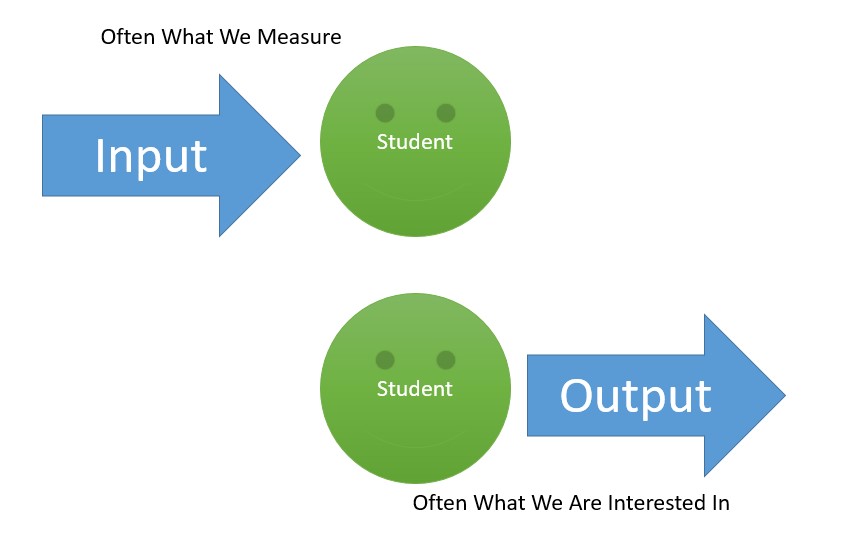Mark Garrett Cooper and John Marx have a lively take on the American research university in their book Media U. They discuss the linkage between academic missions and school brand.
Popular Features Of Universities Allow The Intellectual
The authors discuss how American research universities have always required an audience to deliver value. A key point for Cooper and Marx is that the ‘popular’ features of the university helped to build the university.
[As such] “there is no point in engaging any argument that pits the universities’ ‘true’ or ‘core’ academic mission against football, movies, television, the internet, mobile phones or any other commercially successful, widely adopted media form.”
Cooper and Marx, 2018, page 265.
The university’s mission is to get itself known. Activities such as football have always been critical to achieving this. Adopting American football provided a school-controlled way to drive public engagement with the university. This co-opted a process controlled by students, not the administration, prior to this.
“Everyone understood that campus life, not classroom work, defined the school brand”
Cooper and Marx, 2018, page 24.
The school brand matters for the existence of the university and the outreach activities of the university help define the brand.
Academic Missions And School Brand
A thriving university required a route towards popularity; a way to connect widely. Many things can provide that connection but football offers a much easier way than trying to convince the public that academic research is changing their world for the better. I have some sympathy with this view – universities are complex whenever you try to narrow the mission too much you risk losing much of what makes them special. (Not that changes can’t, and shouldn’t, be made).
The Credit Hour: Input, Not Output, Measured
An interesting point the authors return to throughout the book is the idea of the credit hour. I hadn’t given it much thought before but in many ways this was a progressive idea. It facilitated student education by allowing for transfers. Students could pick and mix more courses (including from different universities). Sadly, as with many innovative ideas, the credit hour brings problems.
Most notably it is an input measure, it says what time the students put in. This is not really what anyone is interested in. We are interested in outputs. E.g., what did the students learn? Measuring outputs can be hard, and having output measures certainly can make transferring credit more challenging. Presumably, you would have to have some test of prior learning to get credit when transferring. This is clearly harder than assuming an hour here is worth an hour there. (Even if such an assumption is clearly hard to truly believe in).

Despite being willing to see the benefit of the credit unit the authors conclude that it isn’t worth fighting to maintain. Better to work on getting something superior, that gives the ability to transfer while better relating to what we actually care about. This is very hard, but a task worth trying.
For more on academia see here.
Read: Mark Garrett Cooper and John Marx (2018) Media U: How the need to win audiences has shaped higher education, Columbia University Press
